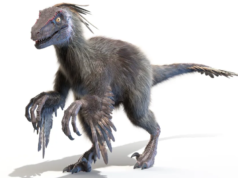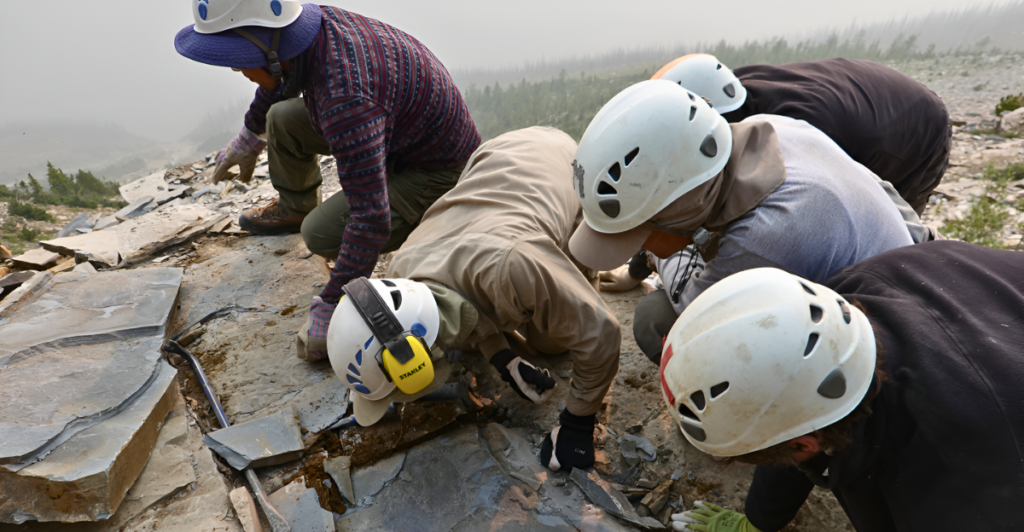
It’s not often that a discovery rewrites what we thought we knew about life’s beginnings—but the fossilized larva Youti yuanshi does just that. Preserved with eerie perfection for 520 million years, this tiny creature is from the Cambrian Explosion, a time when Earth’s animal life underwent its most dramatic burst of diversification.
Found in China’s Yunnan Province, the larva appears as if it died only yesterday, with intact brain tissue, digestive glands, nerve cords, and a full circulatory system. Such detailed soft-tissue preservation was once thought impossible for Cambrian-era organisms.
Yet, here it is—defying geological odds and offering an astonishingly complete look at one of Earth’s earliest complex animals. This fossil doesn’t just tell a story—it lets us see it unfold through eyes that lived half a billion years ago.
How Can a Poppy Seed-Sized Fossil Survive 520 Million Years?
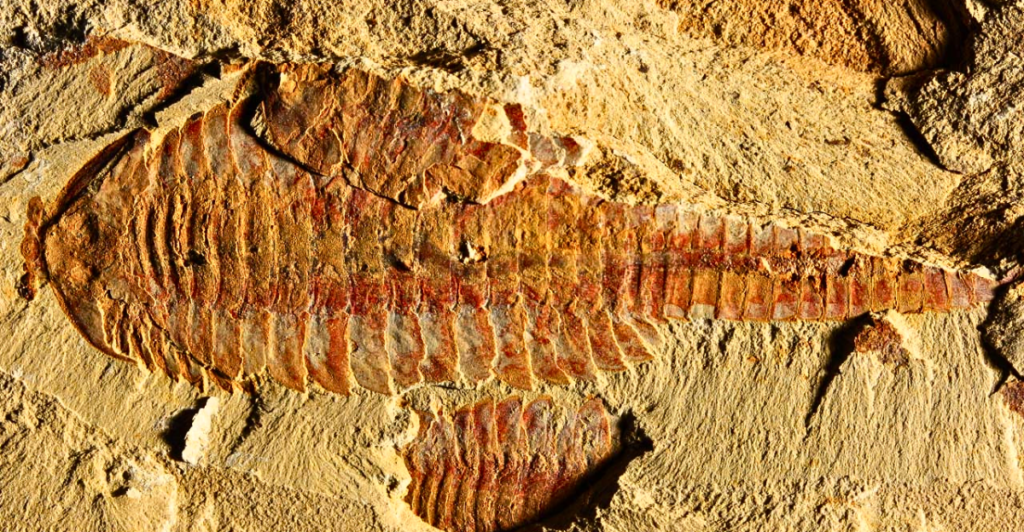
Most soft-bodied creatures disintegrate before they can ever become fossils. So how did a larva no bigger than a poppy seed escape the fate of billions of its kind? “Larvae are so tiny and fragile, the chances of finding one fossilized are practically zero—or so I thought!” said Dr. Martin Smith.
Its unlikely survival stems from an incredibly rare geological setting—low-oxygen sediment in the Yuan’shan formation that halted decay and allowed minerals to slowly replace organic material. Such conditions are rarer than the fossil itself.
This specimen’s survival is so improbable that it’s akin to discovering a dragonfly perfectly frozen in time inside ancient amber—except this larva predates insects by over 400 million years. Its existence challenges our very assumptions about what should be possible in paleontology.
Why This Fossil Is the Paleontological Equivalent of a Moon Landing

The technological leap that made this find so impactful is on par with landing a rover on Mars. Scientists used synchrotron X-ray tomography at Diamond Light Source in the UK—a particle accelerator that shoots high-energy X-rays through the fossil to create a full 3D map of its internal structures.
The resulting images revealed the protocerebrum (an early brain structure), nerve fibers, and even eye stalk connections, preserved in anatomical detail never before seen in such ancient creatures. The technique, once limited to engineering and materials science, is now unlocking biological secrets from the dawn of life.
This is where physics meets evolution—where particle beams resurrect the nervous system of a larva that lived before trees, fish, or vertebrates existed.
What Can a Half-Billion-Year-Old Brain Teach Us About Ours?
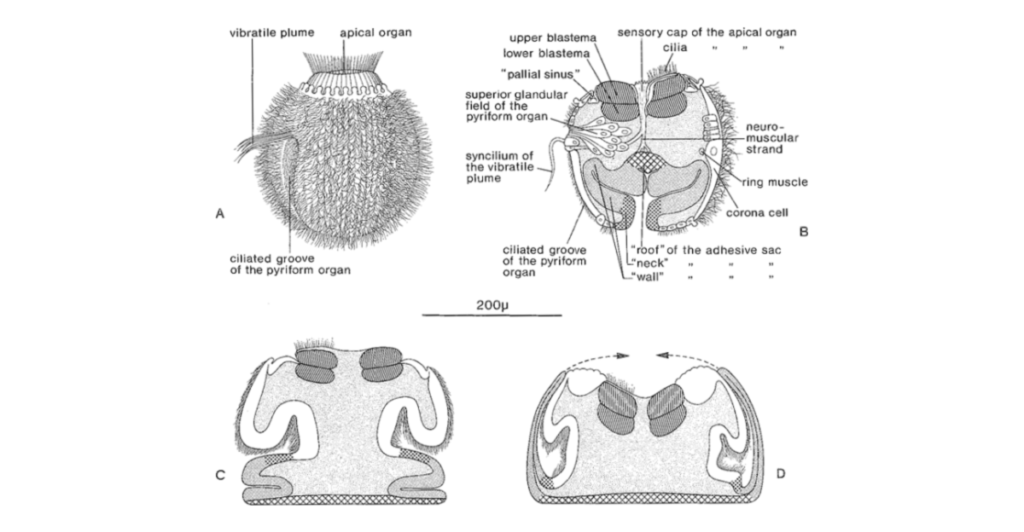
Inside this ancient larva lies the blueprint of modern neural complexity. The preserved protocerebrum is a brain structure that eventually evolved into the complex nervous systems of modern arthropods—creatures like crabs, spiders, and insects.
This tiny brain fragment marks the start of a neurological lineage that shaped every corner of Earth’s biosphere. Before this fossil, scientists could only speculate about what early brains looked like. Now, they can see it clearly. “When I saw the amazing structures preserved under its skin, my jaw just dropped,” said Dr. Smith.
This one discovery doesn’t just bridge gaps in our evolutionary knowledge—it lays a neurological foundation for understanding how brains evolved at all. It’s the closest thing to a fossilized thought we’ve ever found.
The Fossil That Makes Dinosaurs Look Recent
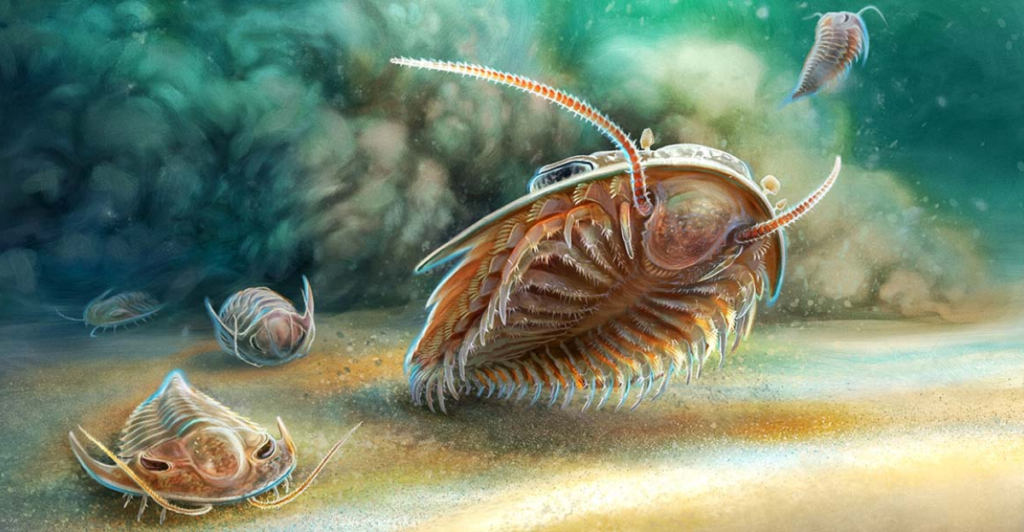
To put this in perspective: Youti yuanshi lived around 300 million years before the first dinosaurs walked the Earth. If a human lifespan were stretched across Earth’s 4.5-billion-year history, this larva would appear halfway through your second year, while dinosaurs wouldn’t show up until your teenage years.
Yet this larva is preserved with more anatomical detail than many dinosaur fossils. Its internal organs—including digestive glands, circulatory loops, and nerve cords—appear undistorted by time, providing clarity that even Jurassic specimens rarely offer.
It’s a vivid reminder that the real revolution in life’s history wasn’t big reptiles but tiny invertebrates—creatures that laid the groundwork for today’s biodiversity through silent, microscopic innovation.
Could This Fossil Change How We Search for Alien Life?

The incredible preservation of Youti yuanshi doesn’t just change our view of Earth’s past—it could redefine how we search for life on other planets. If complex neurological tissues can survive 520 million years under specific geochemical conditions, could something similar lie buried beneath Martian shale or Europa’s icy crust?
NASA’s current astrobiology focus emphasizes biosignatures—chemical traces that life once existed. But fossils like this suggest we might be overlooking structural signatures, like preserved organ systems or nerve pathways.
If Earth’s early life left behind such vivid traces, exoplanets with sedimentary layers could host equally detailed records. Youti yuanshi is a quiet but powerful prompt: maybe the universe is filled with fossils just waiting for the right kind of light to reveal them.
Are Our Textbooks About Early Life Now Outdated?
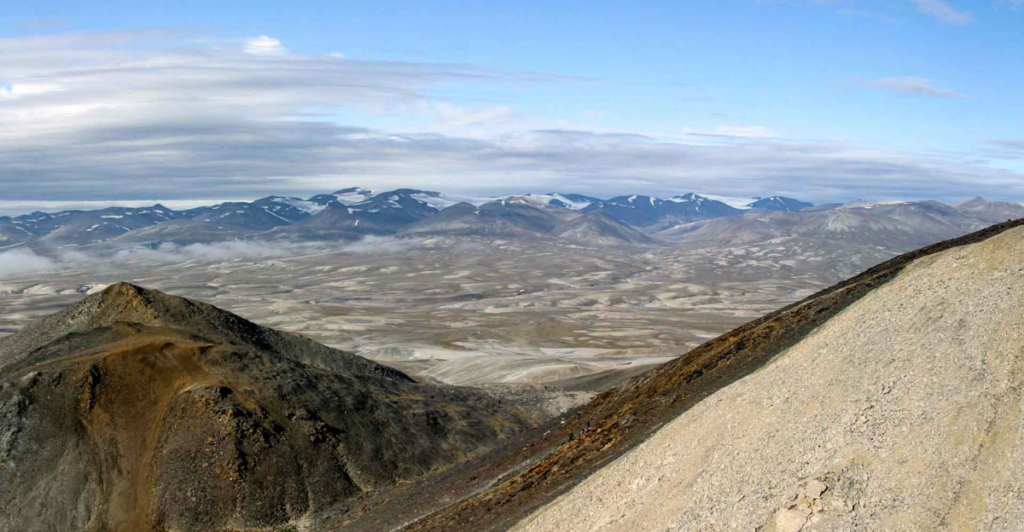
Before this discovery, the consensus held that early arthropods were simple, gradually evolving creatures. Youti yuanshi has turned that narrative on its head. Its intricate internal systems show that evolutionary complexity arose far earlier than textbooks have long suggested.
Digestive glands, brain precursors, and nerve patterns imply that advanced body plans existed just as animal life began proliferating. This forces scientists to revise long-held beliefs about the pace and path of evolution.
The Cambrian Explosion may not have been a slow rise of innovation but a sprint toward complexity. As paleontologists comb through similar deposits with modern scanning tools, they may find more “impossible” fossils that demand an overhaul of biology’s origin story.
What If Ancient Organisms Were Smarter Than We Thought?
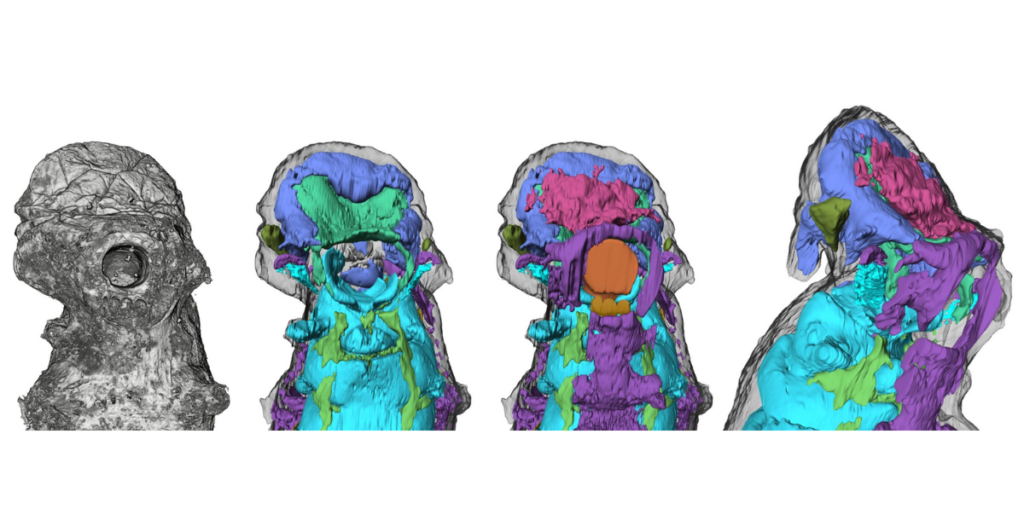
The clear neurological development seen in Youti yuanshi hints at behavior more sophisticated than we might expect from such early creatures. With nerve traces connected to sensory organs, this larva likely had rudimentary vision, reflexes, and environmental awareness.
It may have been capable of basic decision-making—seeking food or escaping threats. This challenges the idea that intelligence is purely a recent evolutionary achievement. If complex behavior started this early, it suggests cognition evolved not as a luxury but as a survival imperative.
Evolution didn’t wait around for dinosaurs or mammals—it began fine-tuning minds when bodies were still minuscule and soft. In this light, intelligence isn’t just a trait—it’s one of life’s earliest tools for adaptation.
One Fossil, Endless Implications for Evolutionary Biology
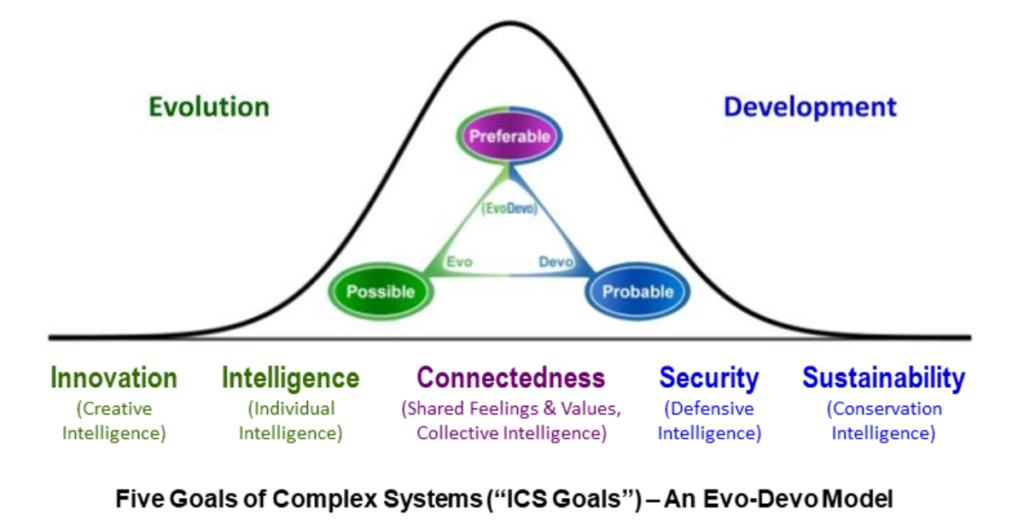
This specimen doesn’t just preserve a creature—it preserves a moment in evolution when biology’s toolkit was radically expanding. Youti yuanshi is evidence that even in its larval form, this early arthropod had a segmented body, internal organ systems, and brain architecture that mirror modern structures.
This directly supports the idea that the basic templates for most animal life—including humans—emerged in a flash. Researchers now believe early developmental pathways were more fixed than fluid, with key systems locked in far earlier than once assumed.
Such fossils push the boundary of evo-devo (evolutionary developmental biology), reinforcing that evolution isn’t just about change over time—it’s also about how much of our modern biology was preloaded into nature’s very first experiments.
What This Tiny Fossil Teaches Us About Our Place in Time
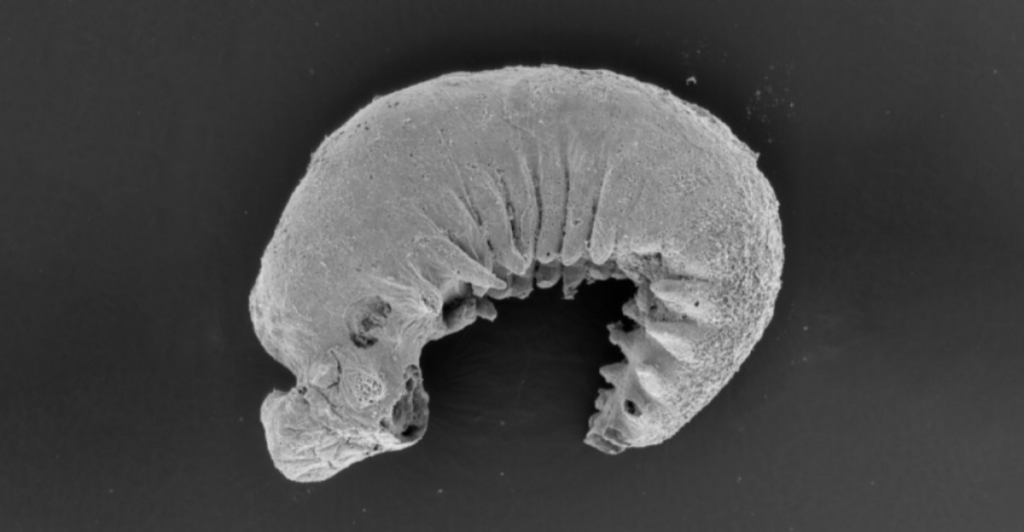
At first glance, Youti yuanshi looks like a fluke of fossilization. But in truth, it’s a reminder that life’s complexity is ancient, persistent, and far more resilient than we imagined. Its pristine state blurs the boundary between present and past, inviting us to see ourselves not as modern anomalies but as participants in an evolutionary continuum stretching back over 500 million years.
This fossil reveals how even the smallest beings played foundational roles in building life as we know it. As technology continues to sharpen our view into ancient worlds, we may discover that the past isn’t gone—it’s just waiting for the right lens to bring it into focus.
In a world increasingly obsessed with the future, Youti yuanshi asks us to look back—and see ourselves more clearly.
Explore more of our trending stories and hit Follow to keep them coming to your feed!

Don’t miss out on more stories like this! Hit the Follow button at the top of this article to stay updated with the latest news. Share your thoughts in the comments—we’d love to hear from you!



